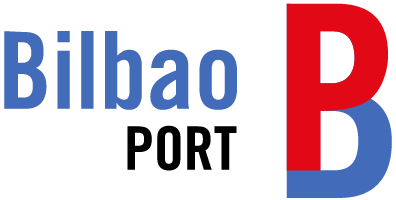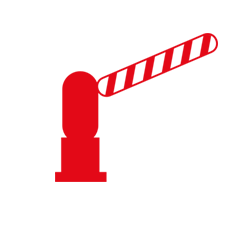Bilbao PortLab, the innovation hub of the Port of Bilbao, has held a Demoday on drones to raise awareness of this technology in the port community and to highlight specific use cases, with the collaboration of AESA, ENAIRE, SENESA, the Ertzaintza (Autonomous Police Force of the Basque Country), Tecnalia and companies from the innovation ecosystem. The event provided an opportunity to reflect on the use of drones to achieve a smarter, more responsive and more sustainable port.
The Demoday was divided into four parts. In the first part, Roberto Gandara, from AESA (Spanish State Agency for Aviation Safety and Security, providing aircraft certification, pilot training and licences, and operational safety management); and Daniel Garcia-Monetavaro, from ENAIRE (the government business organisation responsible for managing air traffic in Spain), outlined the current regulatory framework governing drone operations and the concept of U-space, which encompasses a set of systems, services and specific procedures designed to enable safe, efficient and affordable access to the airspace for UAS (Unmanned Aircraft Systems) operations, based on technical developments with a high degree of digitalisation and automation. The goal is to achieve automated traffic management, especially in low-altitude airspace and urban environments, and to integrate it safely with the existing air traffic management system for manned aviation.
Puertos del Estado / The Spanish State Ports Authority is the organisation participating in the UAS zoning group. The Port of Bilbao, in turn, is working on the preparation and publication of its UAS geographical zones, based on a zoning study and the definition of the minimum requirements for UAS flights in line with the regulations in force and the risks associated with each port area. This study was conducted by SENASA (Services and Studies for Air Traffic and Aeronautical Safety), a state-owned company that acts as the in-house technical service provider for the General State Administration. Luis Moreno, from SENASA, explained the key points for the development of the authorisation procedure, ensuring safety and compliance with aeronautical regulations.
For its part, the Ertzaintza presented use cases from the perspective of public safety, and Imanol Echevarria, from Tecnalia, described some innovative applications in the ports of Antwerp and Rotterdam and new trends such as integration with IoT and digital twins, high-load drones and hybrid propulsion drones, amongst others.
The programme continued with the presentation of three case studies within the innovation ecosystem of Bilbao PortLab. Firstly, Zeruan Dron, a cargo drone designed to transport small packages to ships in anchorage areas; secondly, Alerion, with use cases in the field of inspection already being used in the energy sector and which can be easily transposed to the port environment; and thirdly, Drone by Drone, with another use case already deployed in the Port of Bilbao for the inspection of reefer containers and traffic monitoring projects in complex spaces.
Another case presented in the course of the day was that of a pilot project being taken forward by Nuavis and Alerion, within the Bilbao PortLab innovation ecosystem. The two companies have joined forces for a project funded by EIT Manufacturing to monitor quay walls and equipment for maintenance purposes.
Finally, the morning ended with a session for participants to identify new specific use cases applicable to the Port of Bilbao.

 Port access
Port access
